Introduction: The Future Awaits
The universe is under no obligation to make sense to you. — Neil deGrasse Tyson. These words resonate deeply as we stand on the brink of cosmic discovery. Tyson's poignant reminder pushes us to look beyond our earthly knowledge and explore the unknown. Enter Jupiter’s moons, Europa and Ganymede. They loom large in the domain of wild possibilities, not as distant ice chunks, but potential homes for humanity.
Are we truly ready to envision a world where humans thrive beneath an endless expanse of stars? It’s more than just planting a flag on a foreign rock. It’s about transforming alien terrains into life-sustaining ecosystems. This cosmic ambition relies on the wizardry of AI — the modern-day sorcerer of the space age.
Imagine harnessing advanced algorithms to manipulate atmospheres or adjusting planetary climates like thermostats in our homes. With AI, these visions can break free from the shackles of science fiction and enter the realm of reality. Big names like science luminary Carl Sagan, author Kim Stanley Robinson, and physicist Stephen Hawking have long teased our imaginations with the notion of space exploration. Now, technologies, led by figures such as Sam Altman and Elon Musk, make these grand dreams chaseable. Let’s unpack how AI could turn an ice-capped moon into the next big frontier of human habitation.
The Potential of Europa and Ganymede
Floating in the dark vastness of space, Europa and Ganymede are more than just icy satellites orbiting the gas giant Jupiter. They hold secrets beneath their frozen crusts. Europa, with its smooth icy façade, hides a vast ocean underneath, tantalizing scientists with the possibility of extraterrestrial life. Meanwhile, Ganymede boasts a magnetic field, setting it apart as the largest moon in our solar system.
Their unique conditions present a tantalizing opportunity for humankind's next giant leap. Both moons contain essential elements that could make them prime candidates for terraforming. Europa's subsurface ocean could provide water, the elixir of life. On the surface, the icy sheets could be melted to form an atmosphere. For all you aspiring space pioneers out there, this might sound like turning an ice pop into a tropical oasis — ambitious but enticing!
But what does it actually mean to leverage these moons’ intrinsic qualities for human colonization? Imagine channeling the power of AI to design and implement life-sustaining environments from what now looks like endless ice and gentle crusts. Experts like planetary scientist Jonathan Lunine have long studied such extraterrestrial environments, contemplating their habitability.
Notably, Carolyn Porco, a famed planetary scientist, has captured our imaginations through pristine images and insightful research, dazzling us with possibilities lying beneath Europa’s icy crust. As we peer into the unknown, scientists predict that AI can navigate these intimidating environments, using ingenuity to overcome complex hurdles.
In the grand tapestry of space exploration, foresight and innovation come hand-in-hand. With each algorithm computed, AI equips us to push the boundaries even further. The dream of living on Jupiter's moons sprouts not only from the melting of cosmic ice but through the unfolding of human creativity, one ice cap at a time.
Challenges of Terraforming Icy Worlds
The idea of transforming icy moons like Europa and Ganymede into hospitable oases does sound like a plot from a sci-fi blockbuster, doesn't it? Yet, the challenges we face are nothing less than "icy" gravestones that freeze broad ambitions. The brutal truth is, these moons are not your winter wonderlands but rather frigid landscapes that test human ingenuity.
Extreme Environmental Conditions: If you think surviving a chilly day in Alaska is tough, imagine temperatures so low they'd make penguins pack their bags and head south. Europa and Ganymede are downright frosty, often dwelling way below freezing. This extreme cold isn't just uncomfortable; it presents colossal hurdles for terraforming tasks such as melting water ice into liquid water—a necessity for human survival. It's like trying to boil an ocean using a candle—not very efficient, eh?
Radiation Risks: But wait, there's more! Not only are these moons spine-chillingly cold, they also sit under a barrage of radiation from [Jupiter's magnetic field](https://en.wikipedia.org/wiki/Jupiter). Yep, as if the cold weren't enough, there's an invisible radiation shower that’s a health enthusiast's worst nightmare. Prolonged exposure could literally fry our technology and give humans radiation tattoos nobody asked for. Our tech wizards must design shielding that is lighter and more effective, preventing our space endeavors from becoming cosmic fried calamari.
AI's Role in Resource Management
As we peer deeply into terraforming Jupiter’s moons, we discover AI as our ultimate partner—like a cosmic Watson teaming up with humanity's Sherlock Holmes. This collaboration isn’t just desirable but essential to repurpose these barren moons into welcoming havens.
Efficient Resource Management: Let’s drive right into AI’s prodigious role: maximizing resource use. Imagine AI as John Lennon leading a resource band, ensuring everyone hits the right notes. It's no easy gig—balancing precious resources on distant moons with zero room for error. AI can revolutionize this, orchestrating resource allocation with precision and efficiency. It’s like having a digital maestro conducting an orchestra where every instrument plays in perfect harmony.
Simulations for Environmental Changes: Before jumping into action, we need to know what the stage looks like, right? Cue AI and its prowess in running simulations that predict potential environmental changes on Europa and Ganymede. These simulations are more than just "what-if" scenarios—they’re roadmaps that guide us past cosmic landmines. With AI's help, we can anticipate environmental shifts, sort out which planets lanes are smooth sailing, and dodge space potholes before they throw us off course.
In this interstellar journey, artificial intelligence isn't just a co-pilot; it's leading the charge, ensuring that we steward our resources wisely and remain nimble in our approach. It’s not just sci-fi; it’s our roadmap to the stars!
Biological Considerations: Creating a Sustainable Ecosystem
The idea of transforming Jupiter’s moons into habitable spaces would be incomplete without a deep dive into the biological implications. The challenge extends beyond the physical and atmospheric modifications—it's about creating a vibrant, sustainable ecosystem capable of supporting life as we know it.
Engineered organisms are a key component in this process. Imagine a scenario where we introduce specially designed microbes capable of surviving the icy conditions of Jupiter's moons. These microbes could perform critical functions, such as oxygen production or the breakdown of toxic elements in the soil, much like the way plants and bacteria maintain Earth's ecosystems.
Artificial Intelligence (AI) plays a pivotal role here. Through sophisticated simulations, AI can map out how these engineered organisms might interact with the existing elements on these moons. These simulations are not mere theoretical exercises; they provide tangible predictions of how ecosystems could evolve, addressing questions like:
- What species would thrive or fail in new conditions?
- How would nutrient cycles function in these reimagined habitats?
Ensuring biodiversity and stability during this transformation is not without its challenges. It's a delicate balancing act, requiring an intricate understanding of potential biological interactions. AI doesn't just simulate potential outcomes; it continuously monitors and adjusts variables to sustain a thriving ecosystem, essentially acting as the world's most advanced gardener.
The introduction of life to barren moons presents us with a canvas that is as daunting as it is exhilarating. It's like concocting a new recipe for life with only broad outlines to guide you, leaving room for unexpected discoveries alongside potential triumphs.
Ethical and Societal Implications
The endeavor to terraform moons extends beyond scientific intrigue; it ventures into a realm laden with ethical and societal considerations. As we stand on the threshold of creating life in previously lifeless environments, we are compelled to confront the weighty question: just because we can, does it mean we should?
At the heart of this debate is the preservation of potential indigenous forms of life. Europa, for instance, with its subsurface ocean, could harbor its own forms of microbial life. Would our terraforming efforts indiscriminately erase such forms? The ethics of this scenario sparks a broader conversation about humanity's right to alter celestial bodies permanently.
Another facet involves the societal impacts of colonization. Establishing human outposts on Europa or Ganymede redefines our conception of society itself. How do we structure new societies on different worlds?
- Will social hierarchies emerge, and in what form?
- How do we ensure equitable access to resources and opportunities?
- What regulations and governance need to be established to maintain harmony and ethics in these new societies?
Simultaneously, the potential ecological upheaval and the long-term impact on the moons' environments prompt us to ponder the legacy we wish to leave. Are these the first steps towards a future where humanity expands responsibly and considers the broader cosmic implications of its actions?
Reflect upon the changes we've wrought on Earth. Could these patterns repeat, or might we employ lessons learned to forge a more balanced existence beyond our planet? The decisions made at this juncture resonate far beyond the moons of Jupiter. They ripple through the ethos of interplanetary exploration, urging us to blend scientific prowess with ethical integrity.
AI Solutions: How Would AI Tackle This Issue?
To address the formidable challenges of terraforming Jupiter's moons, AI can play several pivotal roles:
- Data Analysis: AI can analyze vast amounts of planetary data to identify suitable terraforming methods. By leveraging machine learning algorithms, AI synthesizes information from ongoing research, satellite data, and environmental simulations to inform our approach.
- Model Prediction: Generating predictive models for environmental changes is crucial. AI could employ deep learning techniques to simulate terraforming scenarios, helping to assess the feasibility of proposed methods.
- Automation: Automating terraforming processes, such as deploying drones for atmospheric modification or surface engineering, presents opportunities for executing complex operations more efficiently. Robots equipped with AI could perform tasks like constructing habitats and extracting resources.
- Biological Integration: AI can assist in maintaining the delicate balance of introduced biological elements. Through genetic engineering and AI monitoring, we could ensure that ecosystems remain stable and resilient amidst the inevitable changes.
This powerful combination of AI capabilities empowers humanity in its mission to transform these moons. It beautifully blends science fiction with tangible realities.
Action Schedule/Roadmap
Day 1: Assemble a core team of scientists, AI experts, and engineers. The team should include astrobiologists, geologists, environmental scientists, robotic engineers, and AI developers from institutions like NASA, ESA, and universities worldwide for an interdisciplinary collaboration.
Day 2: Begin initial data aggregation from satellite imagery and existing research about Jupiter's moons, concentrating on Europa and Ganymede. This could include data from ongoing missions like NASA's Juno Mission.
Day 3: Develop a prototype for AI algorithms to analyze data concerning atmospheric conditions and resources available on these moons. Start collaborating with tech companies like IBM to utilize their advances in AI and machine learning.
Week 1: Hold workshops with scientists and AI engineers to streamline communication among different disciplines. Initiate training in potential AI technologies, focusing on what each group brings to the table in terms of challenges and solutions.
Week 2: Evaluate machine learning models using the gathered data, assessing preliminary terraforming scenarios. Engage with big data firms to facilitate broader data analysis.
Week 3: Publish an initial findings report outlining potential areas of focus. This report will also serve as a way to attract attention and gain support from governmental and private institutions.
Month 1: Secure funding and partnerships with key institutions and private investors. Successful collaboration with major foundations could draw in funds, as seen with the Brookings Institution.
Month 2: Develop specialized AI algorithms for specific terraforming tasks. Enlist participation from AI developers focused on planetary and atmospheric sciences.
Month 3: Conduct testing simulations with these AI-driven strategies. Use simulated environments to explore how AI processes affect biological integration.
Year 1: By the end of the year, finalize a comprehensive terraforming strategy and present it to stakeholders for funding and approval. Secure significant public and private investments for the next phase.
Year 1.5: Initiate a pilot project focusing on small-scale terraforming. Deploy robotic probes to Europa or Ganymede, utilizing AI algorithms in real-world scenarios. Document processes and outcomes to refine strategies.
Year 2: Evaluate results from the pilot project. Utilize collected data to inform sustainable full-scale terraforming planning and determine the next steps. Engage with ethical committees and scientists to validate the societal implications.
Conclusion: Embracing the Cosmic Frontier
As we stand on the brink of interplanetary colonization, the integration of AI into our terraforming initiatives unveils extraordinary possibilities for the future of humanity. Many of us dream of traveling to the stars, but the dream of making those stars a home for us is nothing short of revolutionary. Through engaging in this ambitious venture, we, the valiant explorers, redefine our place in the universe. Terraforming Jupiter's moons isn't just a distant fantasy—it's an attainable goal within our reach, if we work together, fueled by ingenuity. With dedicated collaboration, innovative technology, and the guiding hand of artificial intelligence, we can succeed in ways previous generations could not even fathom. What higher calling exists for humanity than to become a multi-planetary species, overcoming the challenges we now face through unprecedented cooperation and imagination?
FAQ
- What are Europa and Ganymede?
Europa and Ganymede are two of Jupiter's largest moons. Europa is famous for its icy surface and is believed to have a subsurface ocean, making it a prime candidate for potential life. Ganymede is the largest moon in the Solar System and has its own magnetic field. You can read more about them on their Wikipedia page for Europa and Wikipedia page for Ganymede. - How does AI contribute to terraforming?
AI is like a smart assistant for scientists who want to change the environments of moons like Europa and Ganymede. It helps in several ways:- Managing large amounts of data.
- Predicting outcomes of different terraforming methods.
- Automating tasks like deploying drones or robots.
- Integrating newly introduced biological species to create balanced ecosystems.
- What challenges exist in terraforming these moons?
Terraforming Europa and Ganymede presents several significant challenges:- Extreme cold temperatures, making conditions tough for human life.
- High levels of radiation that could harm both humans and technology.
- The question of existing biological forms, which may be affected by terraforming efforts.
- Is terraforming ethical?
There are important ethical questions surrounding terraforming. Some people worry about:- Whether it's right to alter moons that may have their own forms of life.
- Potential long-term impacts on the moons’ environments.
- The rights of humanity to claim and change another celestial body.
Discussing these matters is essential. NASA’s official website often provides insights into the ethics of space exploration.
- What is the timeline for terraforming a celestial body?
While it’s all just speculation at this point, we can imagine a rough timeline:- Planning stages might take just a couple of years.
- Full-scale terraforming efforts could take several decades.
- In the meantime, smaller pilot projects could test the methods on a smaller scale.
- How can we learn more about terraforming?
To stay updated on space exploration and terraforming efforts, check sites like the NASA website or popular science platforms like Scientific American, where you can find articles that dive deeper into these topics.
Wait! There's more...check out our gripping short story that continues the journey: The Weight of a Thousand Stars
Disclaimer: This article may contain affiliate links. If you click on these links and make a purchase, we may receive a commission at no additional cost to you. Our recommendations and reviews are always independent and objective, aiming to provide you with the best information and resources.
Get Exclusive Stories, Photos, Art & Offers - Subscribe Today!
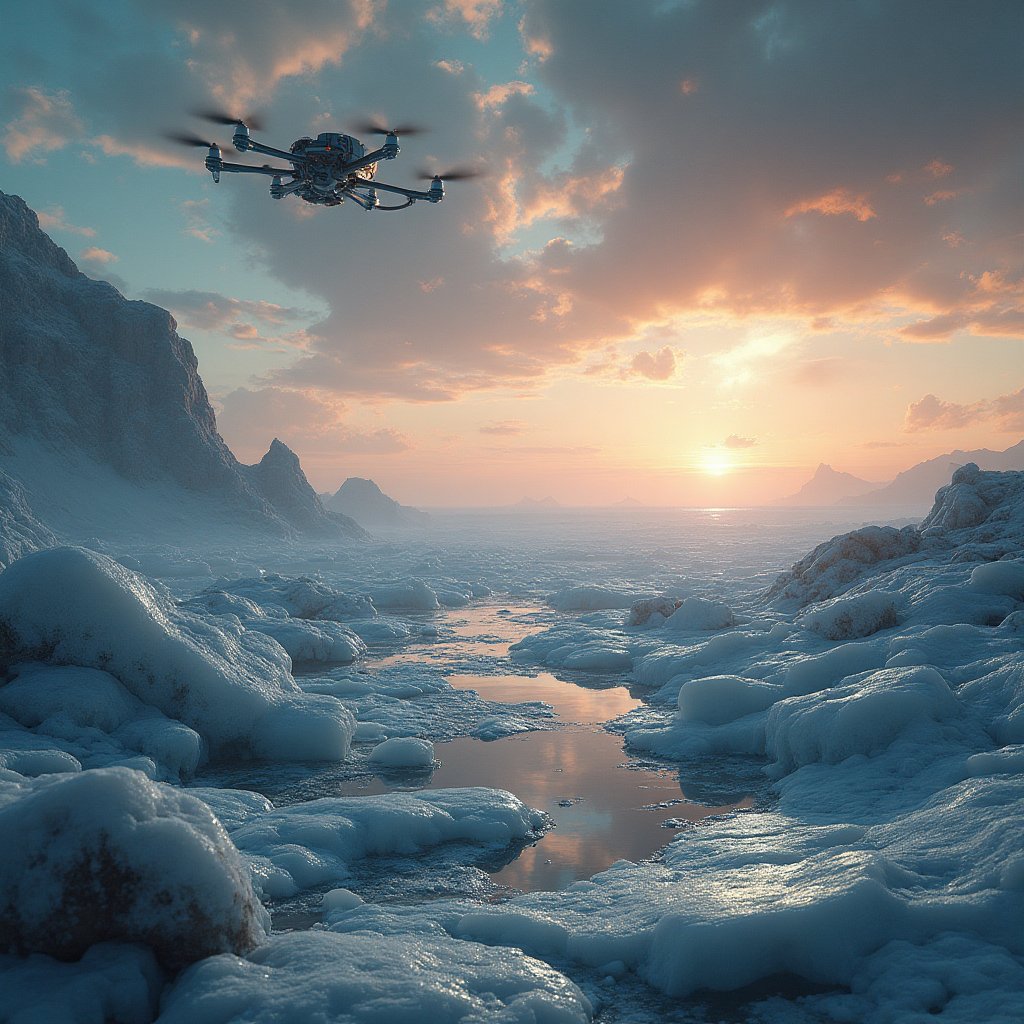


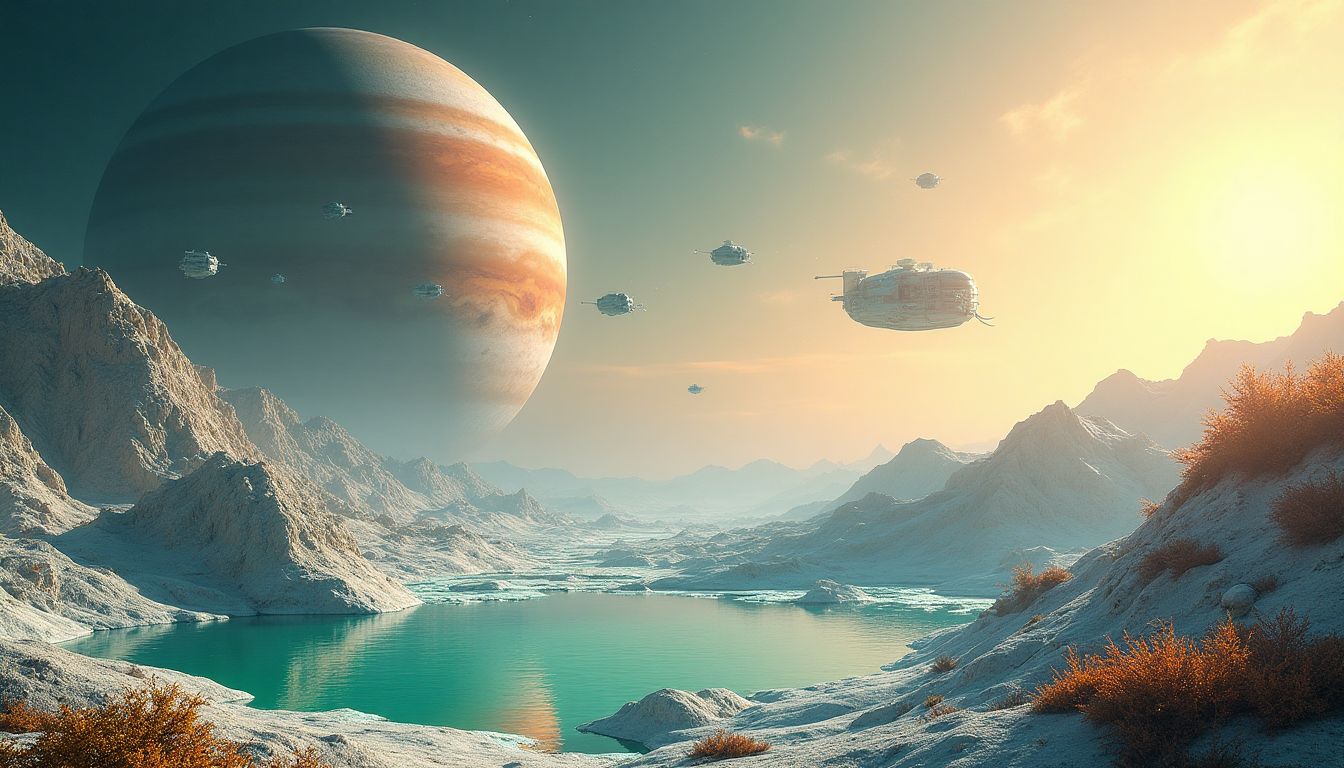
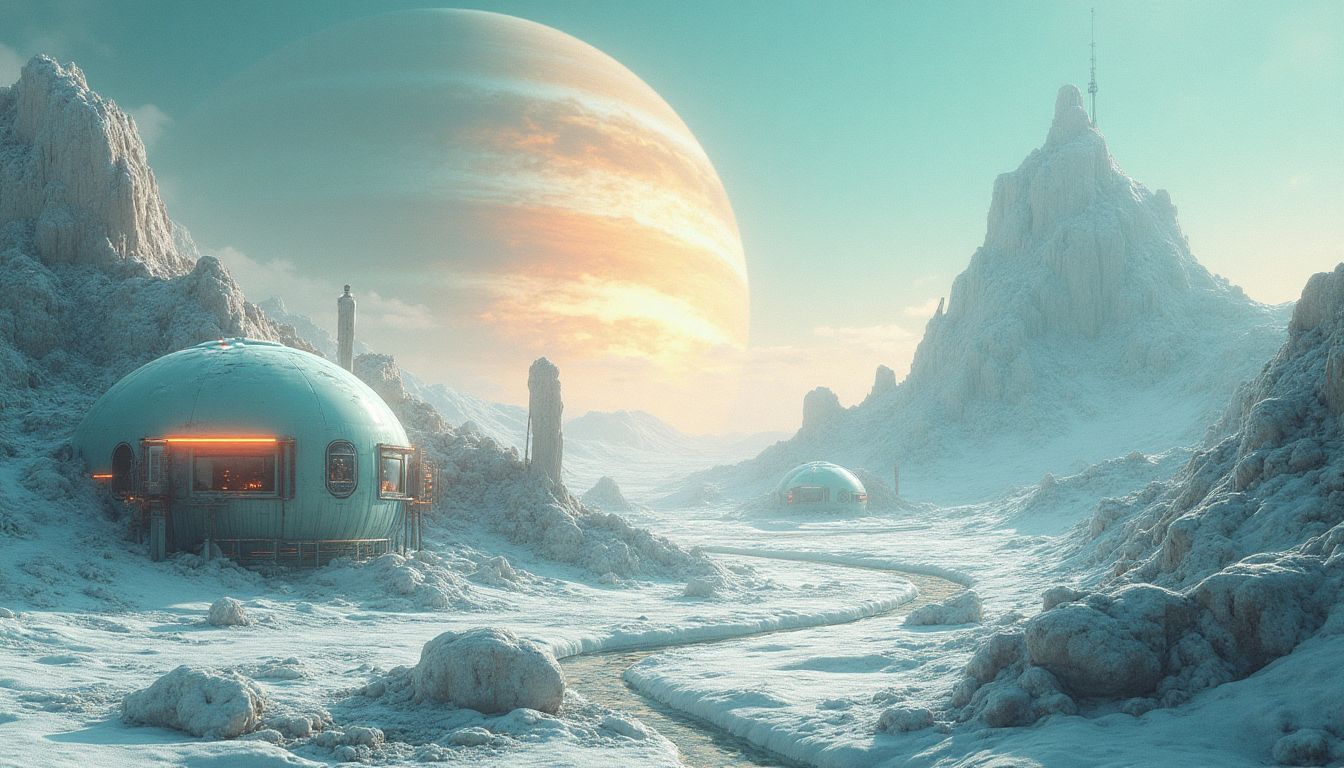


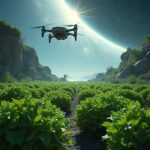

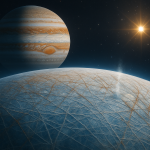



















Post Comment
You must be logged in to post a comment.